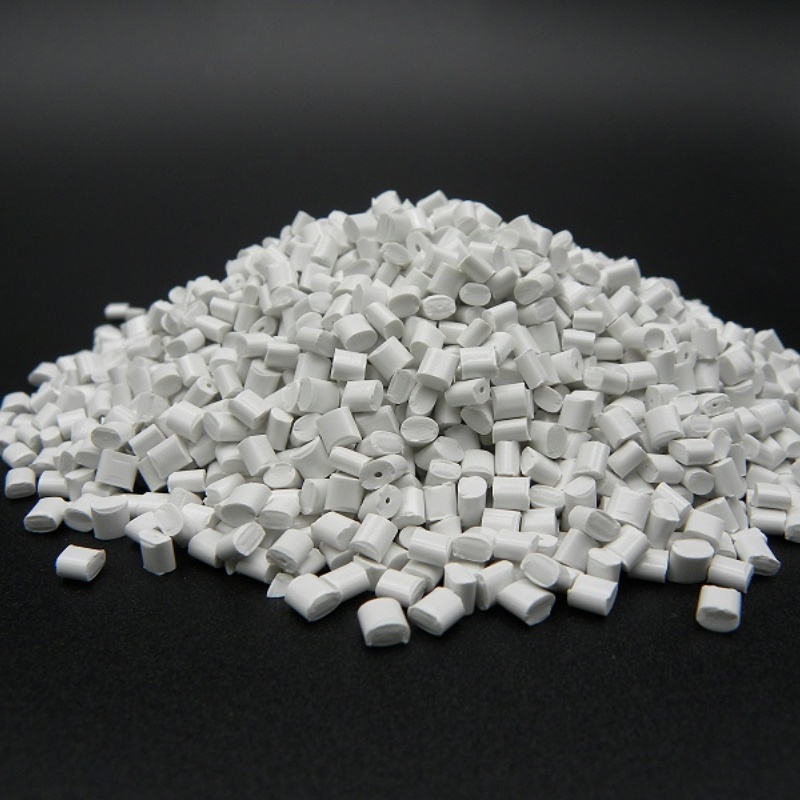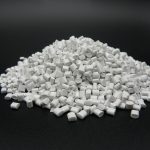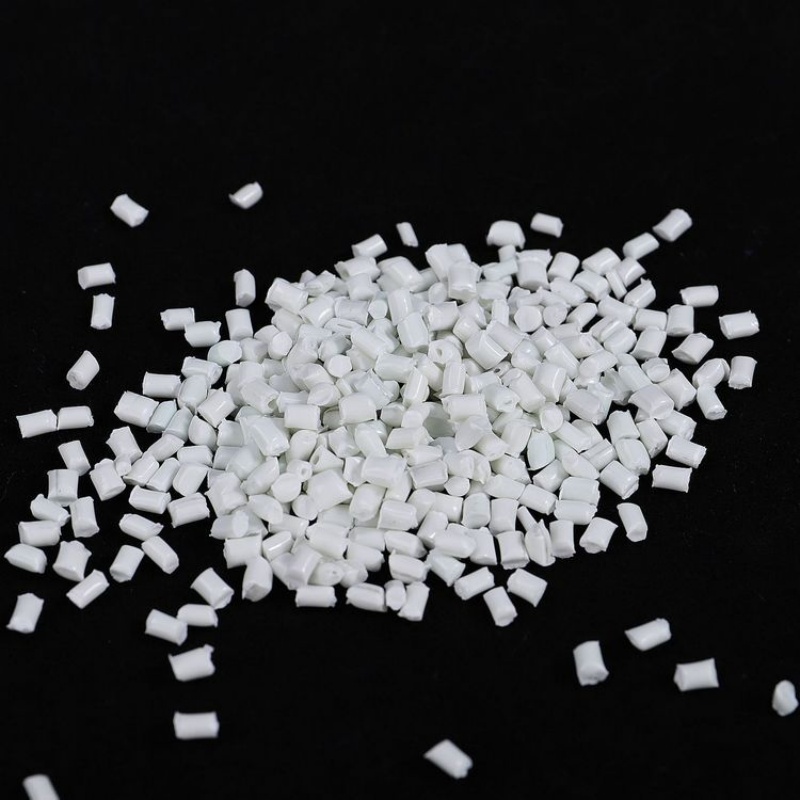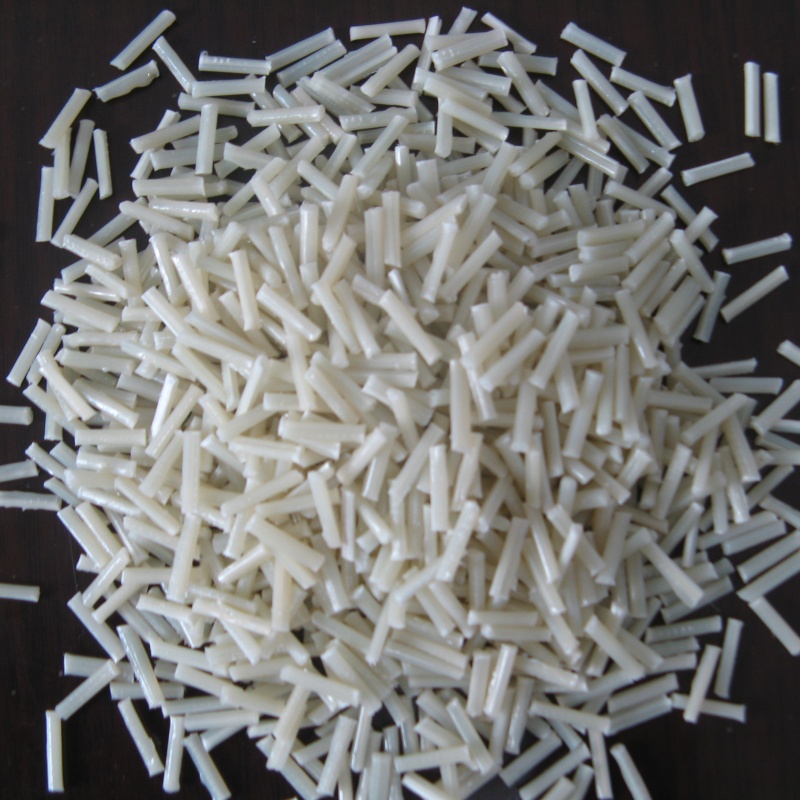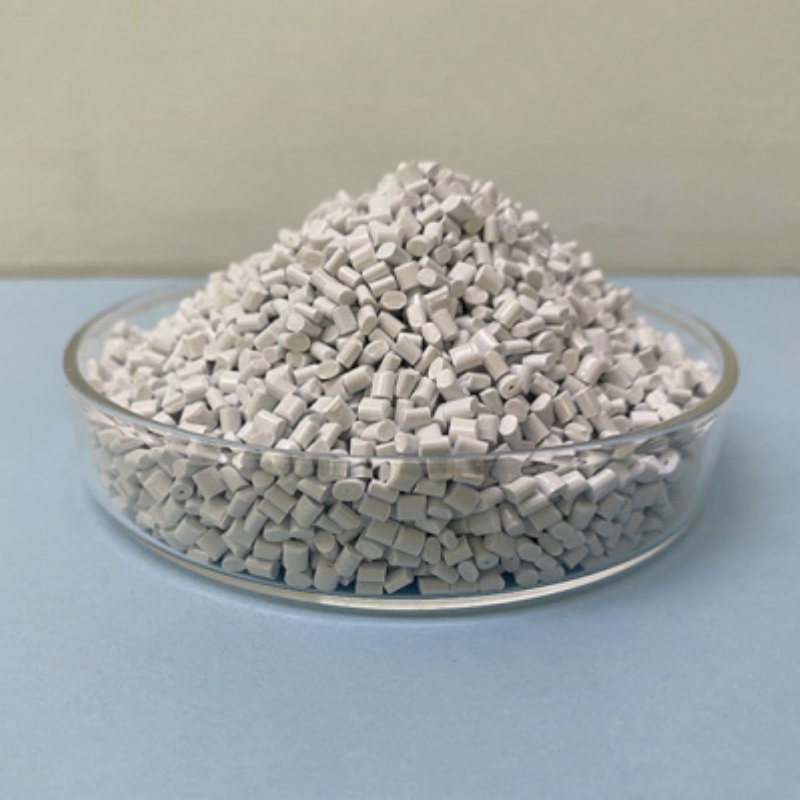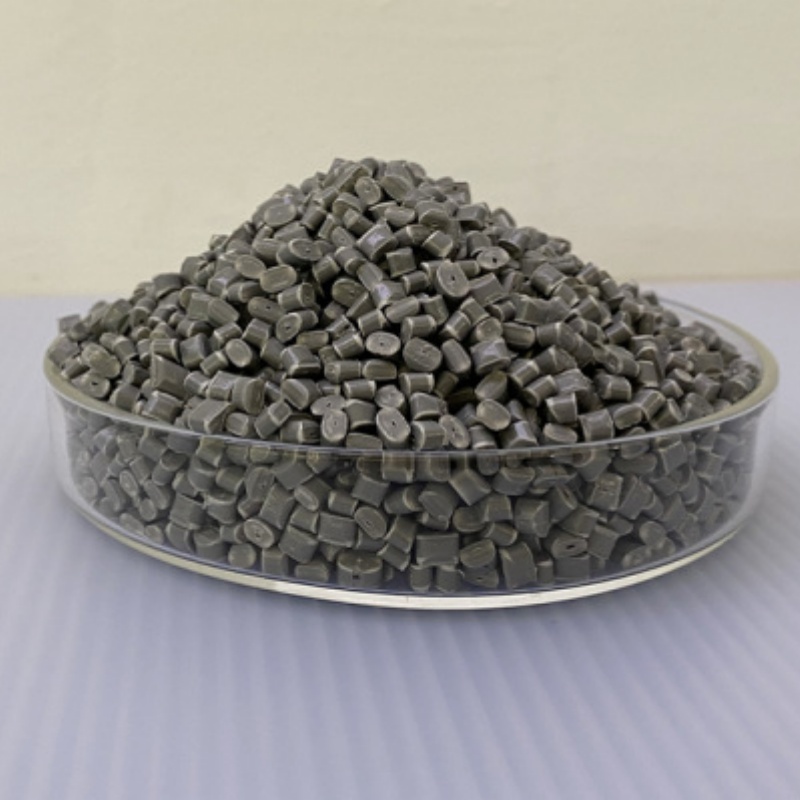PC/PBT Composite Material combines the toughness of polycarbonate with the chemical resistance and processability of polybutylene terephthalate (PBT), offering excellent impact strength, superior thermal stability, and enhanced durability. Ideal for automotive, electrical, and industrial applications requiring long-term reliability.
Product Overview
PC/PBT Composite Material combines the advantages of Polycarbonate (PC) and Polybutylene Terephthalate (PBT), offering outstanding chemical resistance and excellent mechanical properties. This material is especially suitable for applications that require long-term stability in harsh chemical environments, providing superior corrosion resistance and thermal stability. It is widely used in industrial and electronic device sectors where high performance under demanding conditions is necessary.
Key Features
- Chemical Resistance: This material exhibits strong resistance to a wide range of chemicals, making it ideal for applications involving chemical handling and exposure.
- Excellent Thermal Stability: It can maintain stable performance even under high-temperature conditions, ensuring long-term reliability in demanding environments.
- Superior Mechanical Properties: Offers good impact resistance and rigidity, making it suitable for complex and high-load applications.
- Good Formability: The material is easy to process and mold, making it suitable for producing complex parts and components.
Applications
- Panels: Used in the manufacturing of panels for industrial equipment, offering durability and chemical resistance.
- Enclosures: Ideal for electronic device enclosures, effectively protecting internal components and withstanding high temperatures and chemical environments.
- Handle Bases: Perfect for producing sturdy handle bases, offering solid support and durability in environments requiring high strength and chemical resistance.
| Test Properties | Unit | Test Method | Test Condition | Typical Value |
| Physical Properties | ||||
| Density | g/cm³ | ISO 1183 | 1.22 | |
| Filler Content | % | ISO 1172 | - | |
| Mold Shrinkage | % | ISO 294 | Parallel: 0.55, Vertical: 0.65 | |
| Mechanical Properties | ||||
| Tensile Strength | MPa | ISO 527 | Type I sample, 50mm/min | 60 |
| Elongation at Break | % | ISO 527 | Type I sample, 50mm/min, Gauge length 50mm | ˃50 |
| Flexural Strength | MPa | ISO 178 | 23℃, 10mm/min | 90 |
| Flexural Modulus | MPa | ISO 178 | 23℃, 10mm/min | 2100 |
| Izod Impact Strength (Notched) | KJ/m² | ISO 180 | 23℃ | 59 |
| Charpy Impact Strength (Unnotched) | KJ/m² | ISO 179 | 23℃ | - |
| Thermal Properties | ||||
| Melting Point | ℃ | ISO 11357-1 | - | |
| Heat Deflection Temperature (HDT) | ℃ | ISO 75 | 0.45MPa: 120, 1.8MPa: 99 | |
| Flammability | ||||
| UL Flammability Class | UL-94 HB | |||
| Electrical Properties | ||||
| Surface Resistivity | Ω | IEC60093 | 1000000000000000 | |
| Volume Resistivity | Ω·cm | IEC60093 | 1000000000000000 |
 new material
new material

